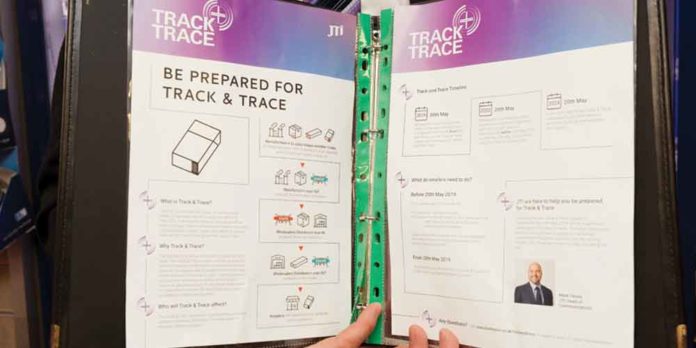Paul Hill looks at how the recent track and trace legislation has affected the channel.
With over a month gone since track and trace’s introduction, there has been a mixed response from the wholesale industry into how the government and suppliers have aided the transition.
A recent parliament question asked what steps HMRC was taking. The response admitted that the government recognised businesses will need time to become familiar with the new arrangements.
“During the 12-month sell-through period, it will support businesses to understand their obligations, and engage with other enforcement agencies, including Border Force and Trading Standards, to ensure effective and proportionate enforcement of the regulations,” the statement read.
Mark Yexley, head of communications at tobacco manufacturer JTI, believes the response has been good. “Feedback from wholesalers has been largely positive, and we are hopeful there will be significant benefits,” he says.
“New on-pack security features will make counterfeiting more difficult, and the need for retailers to apply for the codes means that unscrupulous operators risk losing the right to sell tobacco if they are caught selling non-compliant product, which can only be a good thing for legitimate wholesalers.”
Dee Bee Wholesale trading director Andy Morrison echoes these thoughts. “In terms of suppliers, JTI has been very supportive. However, there has been very little contact from the government, with all communication via a web page that was not always up to date.
“The FWD has tried very hard to keep us updated, as has our buying group, Unitas, but you can only work on the information provided.
“The main challenge will be when stock enters the chain – those wholesalers with excess stock will have an advantage in still being able to serve retailers who still haven’t signed up.”
Craig Brown, retail sales director at JW Filshill, is of a similar opinion. “Communication has been mainly through the SWA and FWD, and I would add that JTI have been excellent – very much on the front foot with track and trace and supportive at both a local and national level,” he says.
“All the same, the whole process has been quite intense and onerous, and implementation has cost us around £13,000 to date.”
Meanwhile, Yulia Goodwin, the head of trading and marketing at Sugro, isn’t as positive about the communication. “It has been very poor, to say the least, from both the government and suppliers,” she says.
“At no point was there clear direction on what they had to do and how they go about doing it.
“For instance, there has been major problems for some of our wholesalers and their retailers to obtain EOID & FID codes with no instructions or advice given on how to do this.
“Our members anticipate that there will be serious issues when stock arrives and serious delays in orders due to no training, help or support given to the trade.”
With a large amount of old stock still to move, the full effect of track and trace is yet to be realised.
Time will tell if it has a positive or negative effect on the industry.








